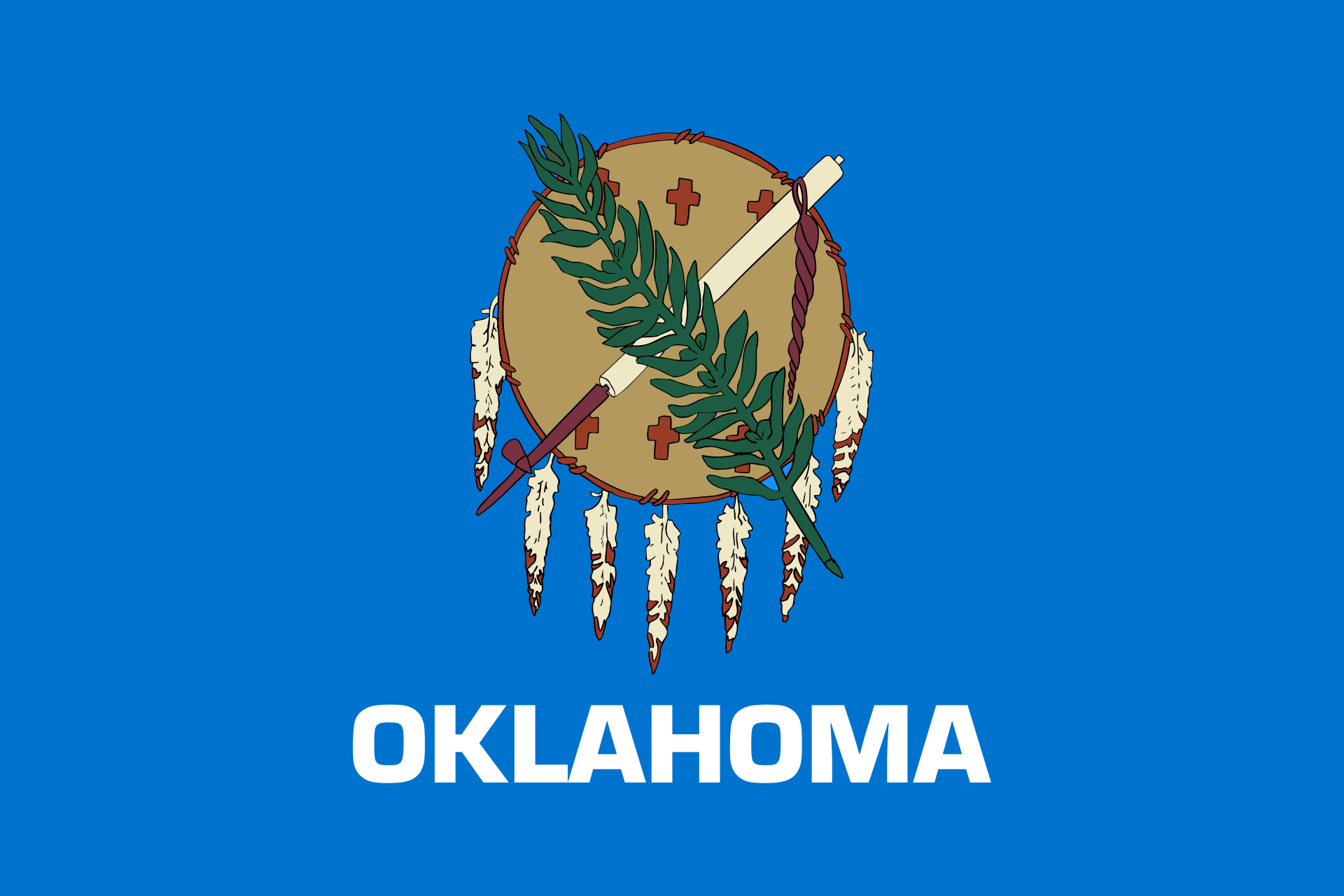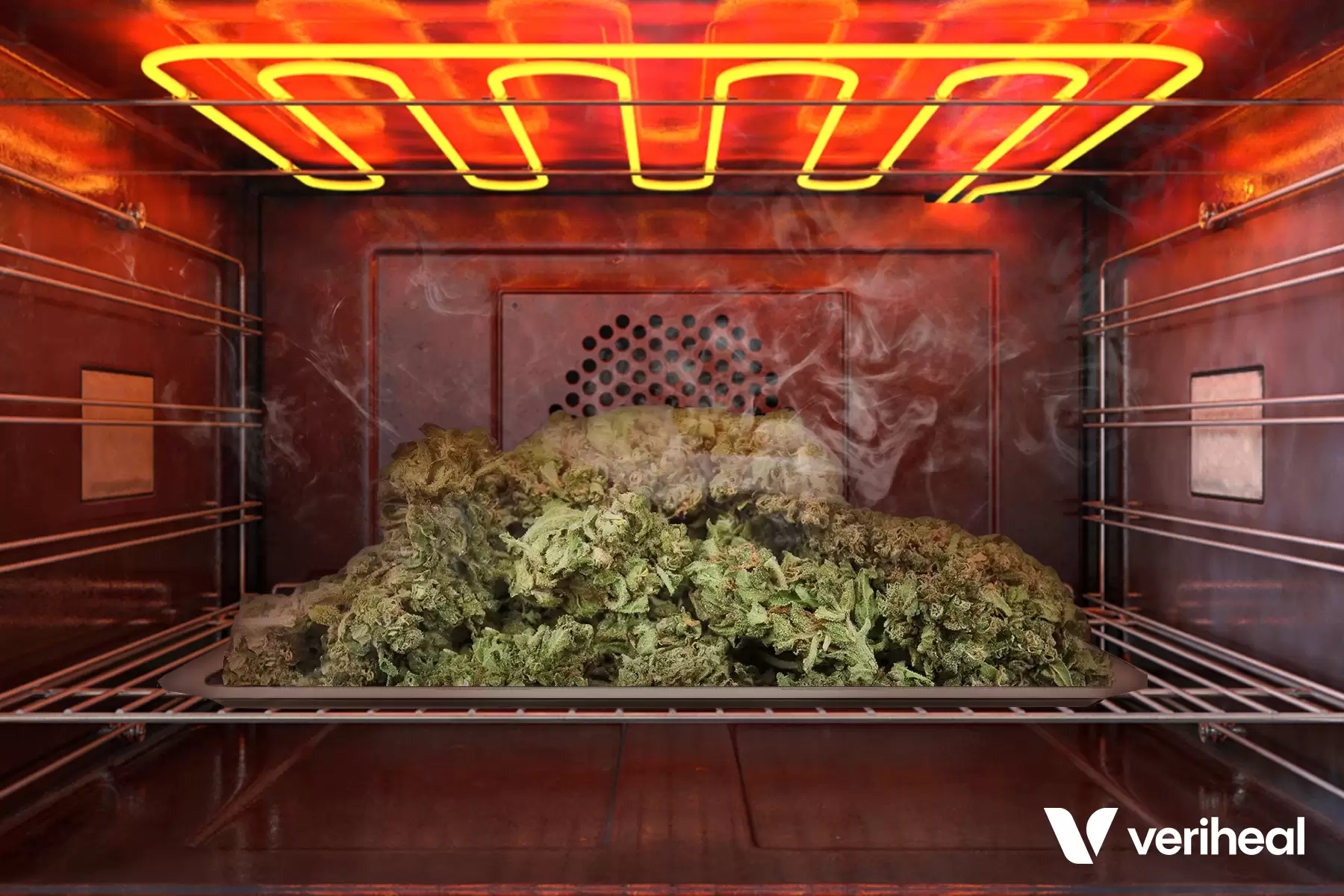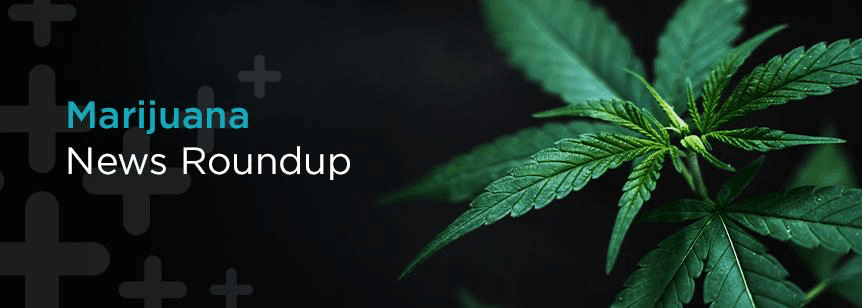The Oklahoma Tax Commission revealed a record-breaking update that revealed sales of medical cannabis in May 2020 was over $73 million dollars. This is the highest recorded sales benchmark in any single month since medical marijuana was legalized in June 2018.
The gross sales from January to June 1, 2020, were reported at more than $275 million dollars. Industry analysts believe that medical cannabis sales in Oklahoma will top $700 million dollars by the end of the year.
What are some of the factors that are contributing to the robust sales figures in Oklahoma? There are three primary factors that are resulting in a higher volume of medical marijuana sales per capita in Oklahoma over other legalized states.
1. Arkansas Medical Marijuana Patients Are Purchasing in Oklahoma
The record-breaking medical marijuana sales in Oklahoma may be a result of extremely high prices for medical cannabis in the neighboring state of Arkansas. For products of similar quality and potency, an Arkansas medical marijuana patient can expect to pay double the cost compared to prices for medicinal cannabis in Oklahoma. The selection of products and availability of them in Arkansas gives patients less choice, compared to a large number of dispensaries and specialty cannabis products in Oklahoma.
Oklahoma also has a unique provision that appeals to out of state medical cannabis patients. Oklahoma provides a 30-day permit for visitors for a fee of $100.00. Whether that card will promote canna-tourism in Oklahoma is yet to be evaluated, but with the large draw of world-class casinos and other tourist attractions, it may be another reason for patients to plan a trip to Oklahoma.
It is, however, illegal to transport medical cannabis across a state border. This is both a state and a federal offense. It has become a major problem, which led to a public statement by the Governor of Arkansas, Asa Hutchinson, in January 2020. It is no coincidence that Arkansas has one of the more restrictive medical cannabis programs in the country. Gov. Asa Hutchinson was a former administrator of the Drug Enforcement Administration (DEA).
Arkansas Gov. Hutchinson has clarified his personal and professional position against medical cannabis in the state. However, he has reluctantly bent to the will of voters who wanted the state to launch a compassionate care program and provide medical cannabis to patients in need.
“When I was administrator of the Drug Enforcement Administration, I never dreamed I would be governor with the responsibility of implementing the dispensing of medical marijuana. But the voters approved medical marijuana, and I am committed to make it work.”
—Governor Asa Hutchinson (Arkansas)
Arkansas lawmakers are contentious about the marijuana one-month pass offered by Oklahoma for tourists. They have stated that they feel it encourages Arkansas residents to risk a felony offense, in order to procure more affordable medical marijuana across the state border.
2. Oklahoma Has More Dispensaries Than Any Other State
For most business owners, the application for a license to own and operate a medical marijuana dispensary can be a long legal process. It can take months—or even years—for an individual to wade through the administrative red-tape and regulatory procedures. These include a criminal record and background check, required training for certification, compliance, and other restrictions. In most states, getting a medical marijuana dispensary business license is no easy feat.
In Oklahoma, if a cannapreneur wants to open a dispensary, and they qualify, they will be approved.
Oklahoma, however, is the exception. In Oklahoma, the licensing fee is only $2,500.00. The Oklahoma Medical Marijuana Authority (OMMA) is a division of the Oklahoma Department of Health. Medical marijuana licensing for both patients and dispensary owners is processed through the OMMA system. It takes about 90-days for OMMA to approve a medical marijuana dispensary application. If information is missing or incorrect, the business owner is allowed 30-days to amend their application.
Unlike many other medical cannabis legalized states, Oklahoma has not placed a cap or limit to dispensary licensing. Right now, if a cannapreneur wants to open a dispensary, and they qualify, they will be approved.
Residence requirements are mandatory for dispensary owners. They must provide proof that they have resided in Oklahoma for two years before the date of application and renewal; or at least five years of continuous residency within the past 25 years, preceding the application or renewal. Another requirement of residency is that all dispensaries must be 75% owned by Oklahoma residents (SQ788).
The Oklahoma Medical Marijuana Authority manages all dispensary applications and provides certificates of compliance and regulatory guidance for all medical cannabis businesses in the state. As of May 1, 2020, Oklahoma has issued 2,428 dispensary licenses and 6,346 grower licenses. Dispensaries in Oklahoma are prohibited from selling any medical cannabis that is not grown locally.
Residents in Oklahoma have seen dispensaries pop up in just about every vacant commercial building across the state. Commercial property values and rental for business space is also incredibly low in Oklahoma, making it an ideal market for medical cannabis chains and cannapreneurs to become established.
3. Medical Marijuana in Oklahoma is Affordable
Based on 2014-2018 data, residents in Oklahoma have a median household income of $51,424. Per capita, individual income in the state averages $27,432. About 15% of the resident population in Oklahoma is at or below the poverty line.
In states where per capita incomes are lower, the cost of medical cannabis is typically lower and affordable for qualified patients. The market will charge what the consumer can reasonably afford. Oklahoma medical cannabis is priced fairly considering the high quality of products offered.
Cost analysis of high-quality medical cannabis from Statistica reveals the big disparity in inpatient cost across the country. The infographic provided summarizes the cost per ounce, noting that the District of Columbia has the highest price at $595.56 per ounce. Texas premium medical cannabis will set a patient back $324.17 for an ounce. Oklahoma provides medical cannabis to certified patients for as little as $75-$80.00 per ounce, as long as you are willing to drive out of the way to dispensaries in Afton or Tulsa, according to priceofweed.com.
The selection of available medical cannabis products in Oklahoma is also broad compared to neighboring states such as Arkansas and Texas. In Oklahoma, patients can procure medical cannabis products, such as smokable flowers, edibles, capsules, tinctures, and topical creams. Pre-rolled products were vetoed by Gov. Kevin Stitt in May 2020.
Governor Stitt did, however, designate medical marijuana as an “essential service” during the Covid-19 coronavirus health emergency. However, Oklahoma patients only have the option of curbside pickup, as home delivery of medical cannabis products is currently illegal.
Arcview Market Research and BDS Analytics published a list of states that are expected to have record-breaking sales of medical cannabis in 2020. Oklahoma was not added to the list, but, if the state continues to experience increased sales volume, it may be on there soon. The top highest grossing states for medical and adult-use cannabis sales are projected to be California (estimated $3.8 billion), Colorado ($1.7 billion), and Michigan ($1.21 billion dollars in 2020).
With its high-quality medical marijuana products and reduced barriers to businesses and cannapreneurs, Oklahoma medical marijuana sales are on track to break even more records for the year 2020. We may also expect to see dispensaries setting up multiple shops in Oklahoma as part of a national expansion.
This story was originally published on KTUL.






